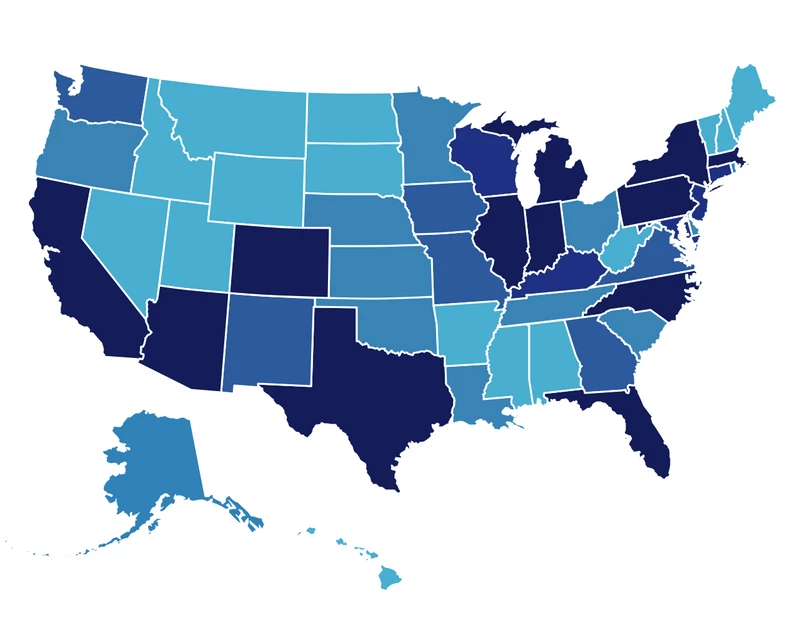Is It Now the Era of Teledentistry?
Telehealth technologies have the potential to enhance oral health-care standards. Teledentistry can empower the communication between patients and dental professionals located in separate geographic regions. With this innovative technology, dental care can be provided to distant patients by real-time interaction using website monitoring, mobile apps and wearable devices. Dentists need to convert the traditional paper charts into electronic health records which are sorted as systematic and computerized information.
The great advantage of adopting teledentistry is promoting inter-personal and inter-professional communication which has great impact on patients’ education, preventive measures and overall oral health outcomes. Electronic records enlist patient’s current and previous medications, allergies, previous medical treatment and dental history; therefore, dentists can avoid potential drug interactions or faulty dental procedures.

U.S. Army Total Dental Access Project was the first attempt to establish effective communication between dentists and hygienists on one side and dental laboratories on the other side. The project included a variety of communication modes, software, hardware and internet connections. Communication was mainly through live videos, and transmission of data took place through the so-called store-and-forward transmission (i.e., collecting and securely transmitting encoded information). Security issue has long been arguable as the transmitted data include patient charts and photos which are required for consultation and treatment.
Inter-professional communication can be among different dental specialists so that these practitioners share the information for managing the patient’s concerns from distance. This approach must increase dental integration with larger care delivery system and earlier diagnosis. It will also facilitate the referrals and insurance requirements in an instant, online fashion using real-time clinical photos. In addition, teledentistry should have great befit in dental education with speed communication between educators and students.
mHealth is the new modality of teledentistry; the service is currently provided through smartphones and mobile health apps to enable remote monitoring of patients and to send text messages with health tips. It can also help in sending alarming messages about endemic or contagious diseases in certain geographic area.
Telehealth helps to reach patients in rural or urban areas through electronic claims management electronic prescriptions. Each patient can have a cloud back-up of health records. Dental offices need to be equipped with teledentistry infrastructure including computers with excellent storage, speed processor, high-speed connection and webcam for videos. The major concerns about teledentistry are cost, time and training, but telehealth services’ provides try to overcome these concerns by providing continuous education and training for dentistal professionals to run remote clinics. Other legal, financial and ethical issues related to teledentistry include accountability, liability and malpractice; and laws must become clear regarding telehealth services’ credentials and regulations.



